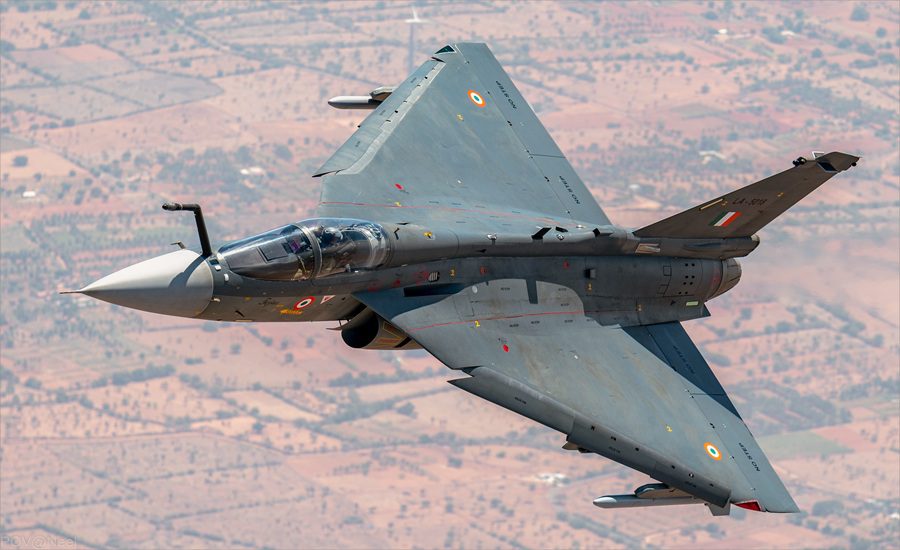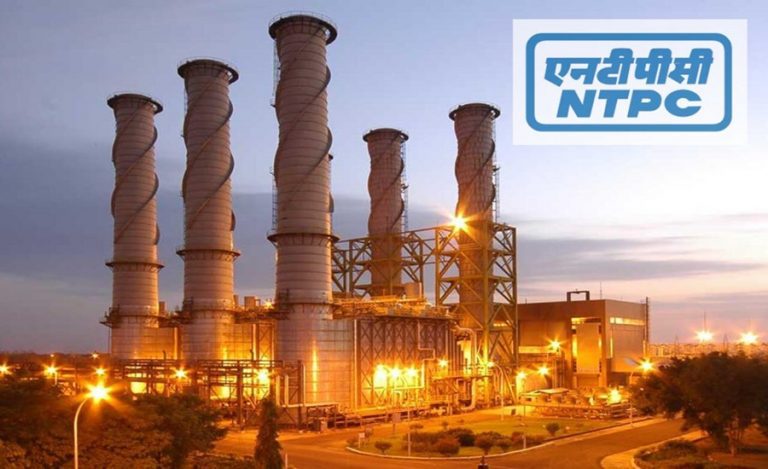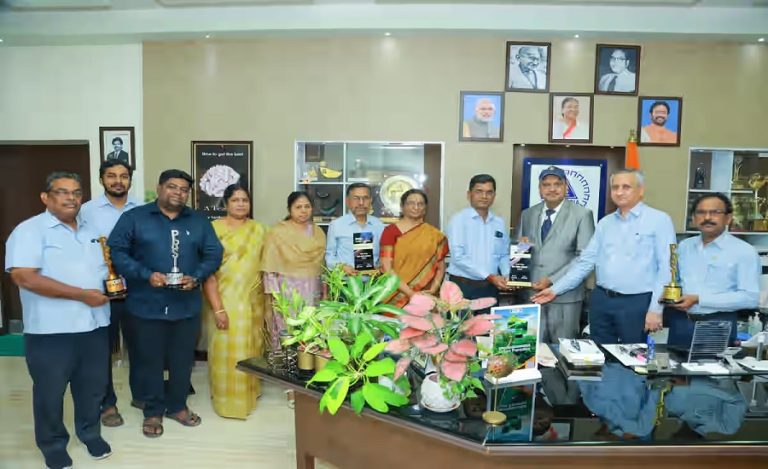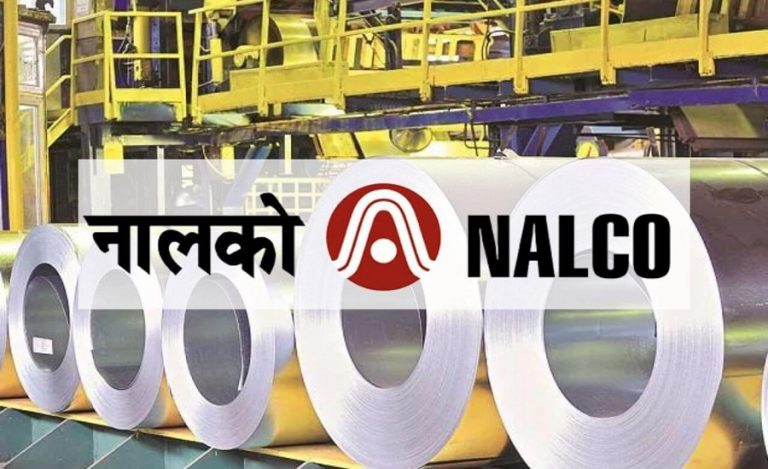New Delhi: In a major step for India’s defence manufacturing and air-power capability, the Defence Research and Development Organisation (DRDO) has begun flight-trials of its advanced electronic-warfare (EW) suite named Swayam Raksha Kavach on the indigenous light combat aircraft Tejas Mk-1A. This development promises to significantly raise the survivability and stealth-capabilities of the aircraft in contested air-spaces.
Background of the Tejas Mk-1A With Swayam Raksha Kavach
India has long sought to strengthen its indigenous fighter-jet fleet and reduce dependence on foreign platforms.
The Tejas Mk-1A, built by Hindustan Aeronautics Limited (HAL) under the “Buy Indian – IDDM” category, is a key piece in this strategy.
Meanwhile, DRDO’s Centre for Airborne Systems has been working on the Swayam Raksha Kavach suite since 2021 to provide functional stealth and advanced self-protection for fighter jets.
With the AMCA (Advanced Medium Combat Aircraft) still years away from induction, this upgrade gives India a much-needed capability sooner.
Additionally, a major deal was signed for 97 more Tejas Mk-1A jets (68 single-seat, 29 twin-seat) which are expected to incorporate the EW suite at factory-fit.
What Is the Swayam Raksha Kavach System?
The name literally means “Self-Defence Shield”, and the system is designed to make the Tejas Mk-1A far harder to detect and engage by hostile radars and missiles.
Key elements:
- A wide-spectrum Radar Warning Receiver (RWR) that alerts the pilot when enemy radars lock-on.
- An Advanced Self-Protection Jammer (ASPJ) utilising Digital Radio Frequency Memory (DRFM) technology to confuse or deceive hostile radar/missile systems.
- Together, these offer “functional stealth” — rather than physically hiding the aircraft, the system makes tracking and targeting far more difficult.
Importance of Tejas Mk-1A Upgradation with Swayam Raksha Kavach
- With this upgrade, the Tejas Mk-1A moves closer to fifth-generation functionality in terms of survivability, even if not fully a 5G platform.
- India gets a faster bridge to modern combat readiness while the AMCA is under development.
- It aligns with the Atmanirbhar Bharat defence manufacturing push — the upgrade is home-grown, designed and built in India.
- For the Indian Air Force (IAF), it means jets can operate in more challenging threat environments with enhanced protection.
- The Tejas Mk-1A has been configured with modern avionics, AESA radar and structural upgrades. The Swayam Raksha Kavach suite is now being fly-tested on board the Tejas Mk-1A platform, marking the first step in operational induction.
Operational Implications & Timeline
- Certification and operational induction of the EW suite are slated for around 2026.
- The upgraded jets will enable the IAF to deploy Tejas Mk-1A in higher threat zones with greater freedom and risk mitigation.
- Factory-fitment ensures that future Tejas Mk-1A batches come equipped with the system rather than retro-fitting, speeding up deployment.
Challenges and Outlook
- Certification and full operational release of the system still remain ahead. While tests have begun, full clearance is pending.
- Integrating complex EW systems requires rigorous testing and training of crew and maintainers.
- Against rapidly evolving radar/ missile threats, continuous upgrades will be needed to keep the system ahead.
- The export potential of such an upgraded platform could increase, enhancing India’s defence-manufacturing footprint.
- For defence watchers, this announcement is significant because it shows India not only building jets, but equipping them with indigenous top-tier defensive electronics. It sends a signal that Indian platforms are evolving beyond basic manufacturing into advanced warfare capability.
Read also: From Dependence to Dominance: DRDO – Safran 120 kN Jet Engine Marks a Turning Point in Defence Tech



























